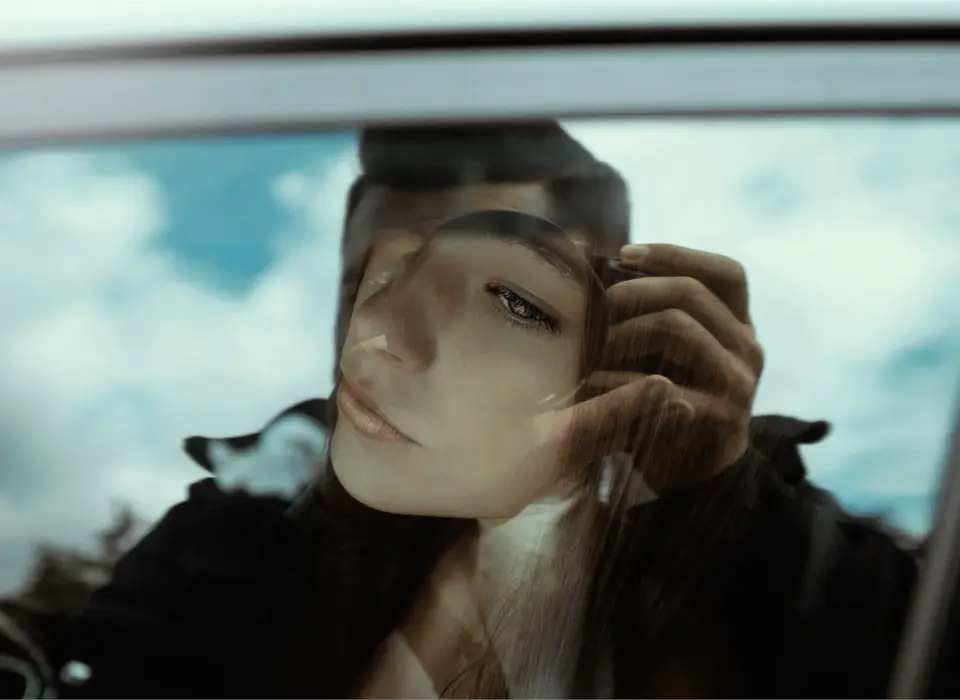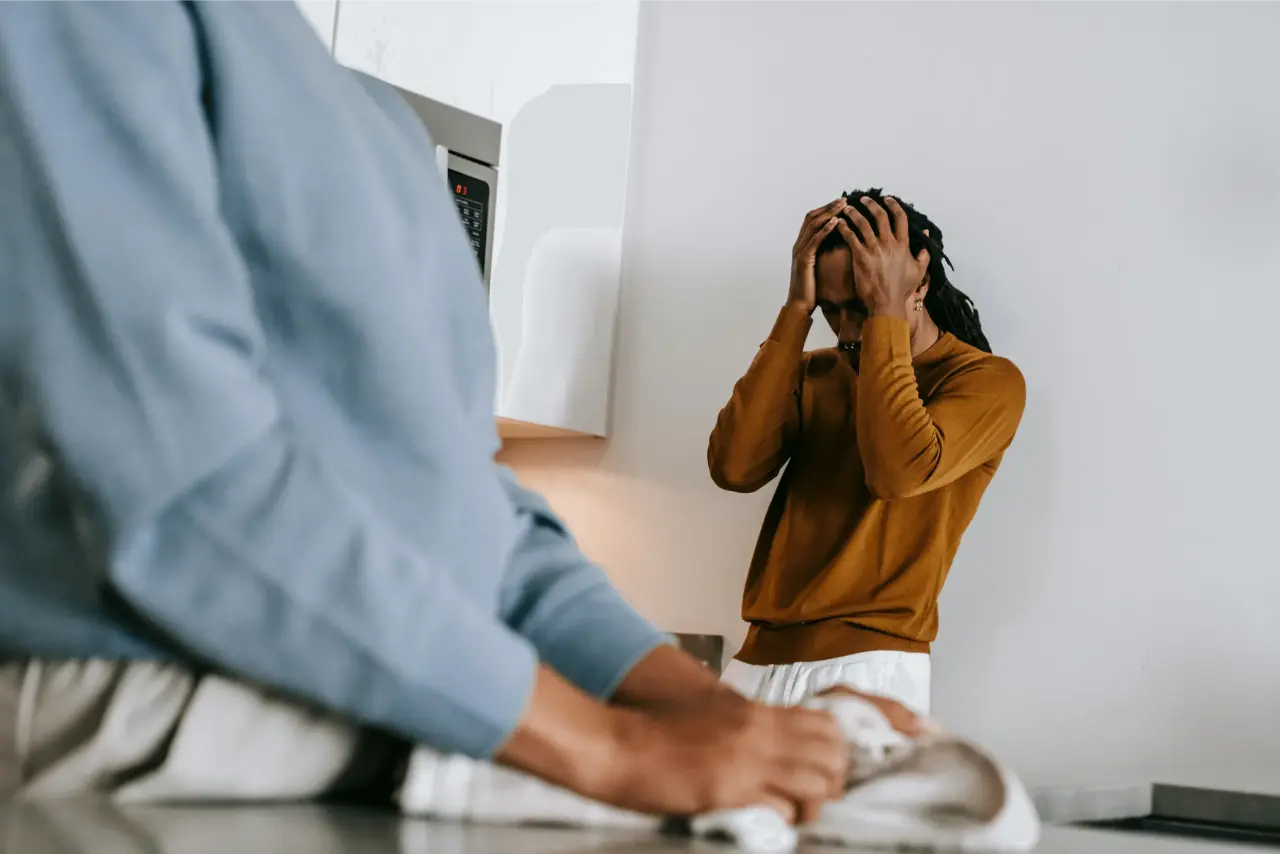Discover 7 facial tells that expose narcissists—contempt smirks, predatory stares, and micro-expressions revealing hidden arrogance. …
Blog Posts
Understand the traits of a neglectful narcissist, their impact on relationships, and how to set boundaries. …
A benign narcissist exudes confidence and charm without malice, balancing self-focus with empathy and respect. …
Covert Narcissists and Their Health Complaints: A Deeper Look at Emotional Pain …
The Science Behind Crafting the Perfect Yellow Rock Reply (It's Easier Than You Think!) …
The Real Reason Narcissists Block You—And Why They Can’t Stop Unblocking …
Identifying Subtle Manipulations and Impact of Covert Narcissistic Sister on Family Dynamics …
Rate your hidden narcissist traits with this quick quiz and see how covert you really are. …
Explore your own narcissistic tendencies with this quiz and discover where you fall on the spectrum. …
Is your partner emotionally distant and manipulative? This quiz can help you spot covert narcissism in your marriage. …
Take this quiz to find out if your spouse has narcissistic traits that may be damaging your relationship. …
Discover if your child is showing signs of covert narcissism and how to respond constructively as a parent. …
Could your parenting style be enabling narcissistic traits? Take this quiz to better understand your child's behavior. …










